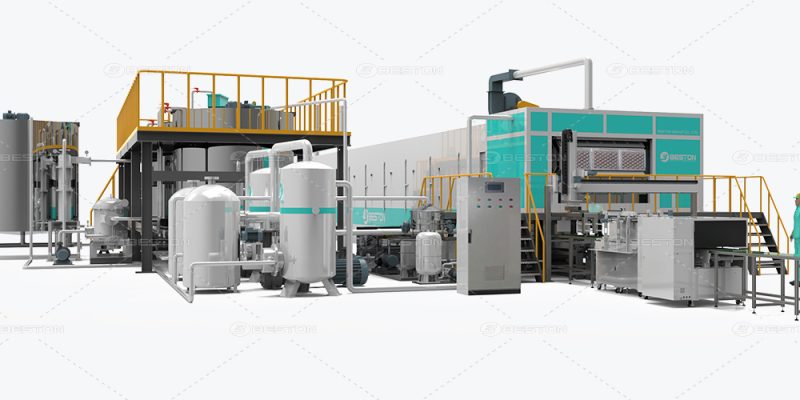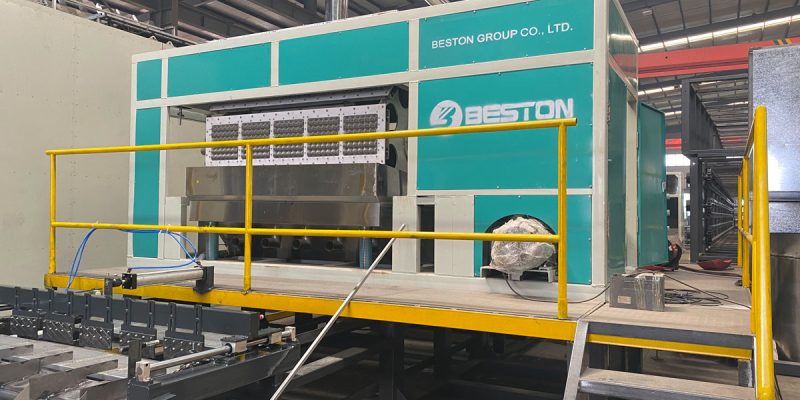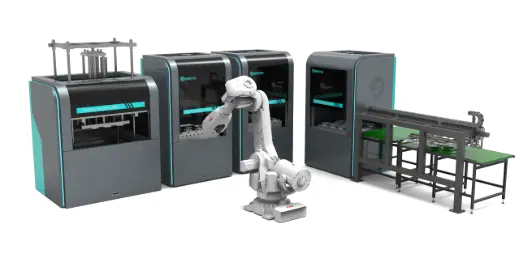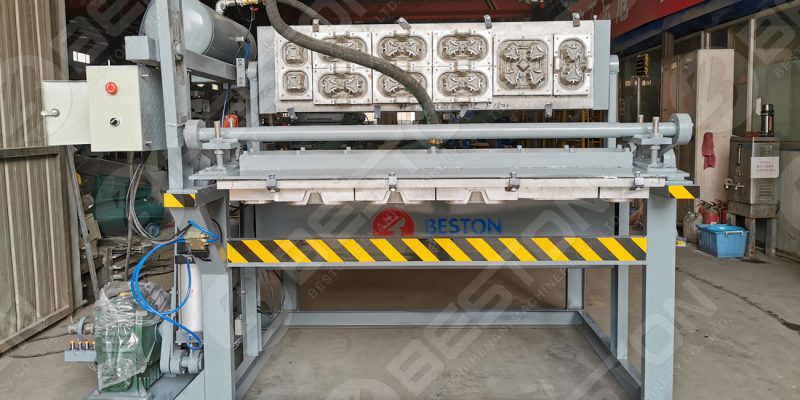How Apple Tray Machine is Transforming the Fruit Sector’s Packaging
The global fruit industry is experiencing a profound shift in packaging techniques, driven by the need for sustainable solutions that not only protect produce but also reduce environmental impact. Among the innovations gaining traction is the apple tray machine, which plays a pivotal role in revolutionizing the way fruits, particularly apples, are packaged and transported. This machine, which is part of the broader paper pulp manufacturing process, is redefining the standards for fruit packaging by emphasizing eco-friendly production methods.
Efficiency in Design and Functionality
The apple tray machine is designed to efficiently produce trays that are custom-fitted to the unique contours of apples, ensuring maximum protection during transit. Unlike traditional plastic trays, which can be harmful to the environment, paper pulp-based trays are biodegradable and recyclable. The use of a pulp tray machine enables the production of lightweight yet durable packaging that minimizes the risk of bruising and damage to the fruit during handling and shipping.
Through advanced molding technology, the apple tray machine utilizes the paper pulp molding process to create trays that not only optimize space but also enhance the aesthetic appeal of the packaged product. This process involves the use of recycled paper and other fibrous materials, making it an environmentally responsible choice. The resulting apple tray is designed to provide a snug fit around each fruit, ensuring that it remains secure and protected throughout the supply chain.

Integration with the Paper Pulp Manufacturing Process
The apple tray machine operates as a critical component within the larger framework of the paper pulp manufacturing process. In this process, raw paper fibers are mixed with water to create a slurry, which is then molded into various shapes. The pulp tray machine transforms this slurry into molded trays, using a combination of heat and pressure to set the final shape. The precision and consistency of the machine ensure that each tray meets the required standards for both strength and performance.
The efficiency of the paper pulp molding machine is key to the scalability of production. Large-scale fruit packaging operations are now able to meet increasing demand for sustainable packaging options, all while maintaining production speeds that rival those of traditional plastic packaging methods. This streamlined approach not only reduces waste but also cuts down on production costs, making it a financially viable option for fruit producers.
Environmental and Economic Benefits
The shift towards paper pulp-based packaging, spearheaded by machines like the apple tray machine, has significant environmental benefits. Traditional plastic packaging contributes to the growing problem of landfill waste, with plastic trays taking hundreds of years to decompose. By contrast, the use of paper pulp trays provides a biodegradable alternative that breaks down quickly and safely, reducing the overall environmental footprint of the fruit packaging sector.
Moreover, the paper pulp molding machine’s capacity to utilize recycled paper fibers ensures that the raw materials for tray production are derived from post-consumer waste, further contributing to sustainability efforts. This approach not only supports environmental conservation but also aligns with global trends towards circular economies, where materials are reused and repurposed to minimize resource depletion.
From an economic perspective, the adoption of the apple tray machine helps fruit producers reduce packaging costs. The scalability of the paper pulp manufacturing process ensures that businesses, regardless of size, can benefit from the cost-effective nature of this technology. The reduction in the use of plastic packaging also mitigates the risks associated with plastic price volatility, making pulp-based alternatives a more stable choice for long-term operations.

Conclusion
The apple tray machine is a prime example of how technological advancements in packaging are shaping the future of the fruit industry. By providing an eco-friendly, cost-effective, and efficient solution, it addresses both the practical and environmental challenges of traditional fruit packaging methods. As sustainability continues to be a key driver of innovation, the role of the pulp tray machine in the paper pulp manufacturing process will undoubtedly continue to grow, solidifying its place in the future of fruit packaging.














